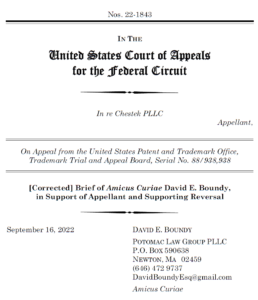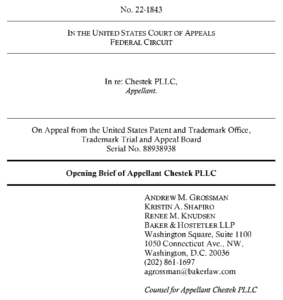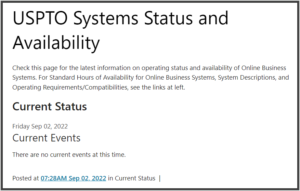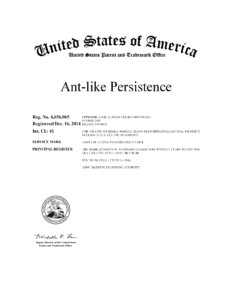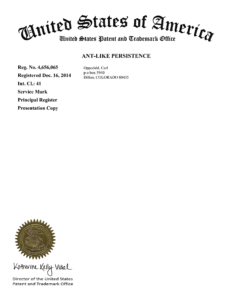Keep in mind that Switzerland will turn off daylight saving time today, October 30, 2022. Those who are filing documents at the International Bureau — documents that need a same-day filing date — should check to make sure they know what time it is in Switzerland as of today.
For US filers, keep in mind that the US will not turn off DST today. The US will turn off DST a week from now, on November 6, 2022.
US filers who are getting ready to file a document at the IB should thus pay close attention during this next week to what time it is in Switzerland.
Most readers of my blog will appreciate that the correct terminology is not “Daylight Savings Time” but “Daylight Saving Time”.
The practical effect for most US filers is that for the next week, you get an extra hour to e-file. For example if you are in the Mountain Time Zone, normally you rush to file by 4PM if need a same-day filing date at the IB. But for the next week you can file as late as 5PM and you will still get a same-day filing date at the IB.

